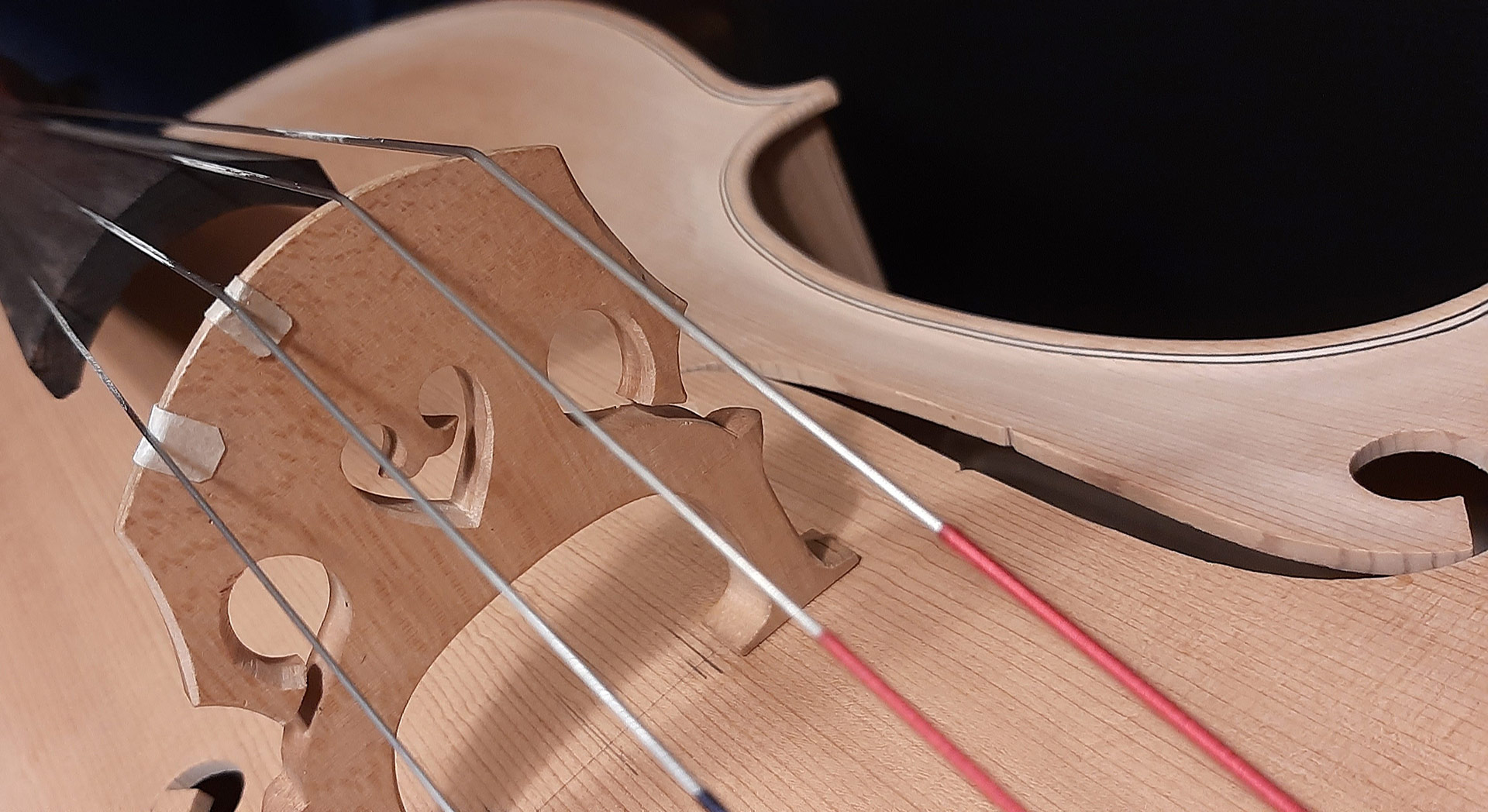The history of the Venetian school of violin making
The “School of Venice” included great and undisputed masters who could compete even with the famous workshops of Cremona, led by the Amati, Guarneri and Stradivari families. The protagonists of this rich Venetian period were Domenico Montagnana, Matteo Goffriller, Santo Serafino, Francesco Gobetti and Pietro Guarneri.
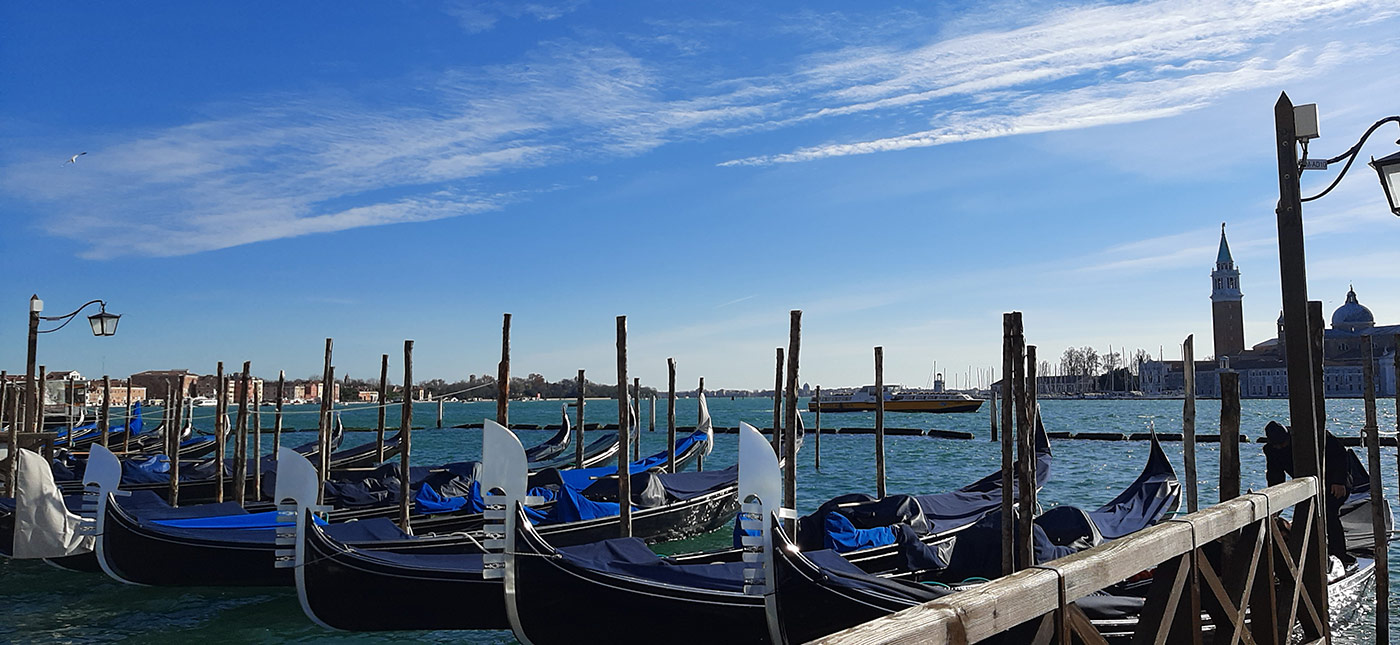
Ramón Gómez de la Serna
The 18th century is considered the golden age of violin making, and Venice was an especially fertile ground for the construction of musical instruments. The contribution of German violin making was crucial, as it influenced style and construction ideas, but also stayed true to typical Venetian tastes.
For a long time, the strong presence of merchants and craftsmen of German origin had a significant impact on the craftsmanship of the city. Proof of this is the 15th century which was called the golden age of German trade. Its crowning glory is the Fondaco dei Tedeschi, the Warehouse of the Germans. A truly majestic building.
The number and presence of violin makers increased steadily; the Serenissima continued to attract master craftsmen from other regions, such as the famous Füssen violin makers. Musical instruments were considered luxury goods and and therefore important export commodities. But not only that. Sales also increased incredibly in the city itself, as every patrician family simply had to own a harpsichord or a lute, even if they did not know how to play them.
Venetian musical craftsmanship was famous everywhere. Great luthiers lived in Venice with its “school” and made stringed instruments that were sought after by professionals and aficionados throughout Europe. Their special features included harmony of sound and beauty of forms, decorations with inlaid woodwork and mother-of-pearl. These instruments are true works of art and are of immense historical value. Today, they enrich the collections of museums all over the world.
The famous Pablo Casals enchanted the audience with a Goffriller cello from 1733. Casals played almost exclusively on this cello during his lifetime, until his death in 1973. He called the cello his “oldest friend”: “It is one of the most beautiful instruments Matteo Groffriller made… I have never found a cello that felt better in my hands.”
Mischa Maisky, one of the world’s greatest cellists, played a magnificent Montagnana built in Venice during the very years Bach was writing his suites.
The relationship between Venice and music
Venice, the Eternal City, enchants visitors and residents alike not only with its unique flair, but also with its music. Music has always been an important part of Venice.
In the 15th and 16th centuries, the city experienced what is often called its Golden Age. The Serenissima was a flourishing, prosperous city, with numerous craft and arts shops that enjoyed its protection and special privileges. The standard of living was high; numerous festivals and musical performances were held. The musicians and literati who came to the Marche city from different places were highly appreciated. In 1501 Venice became the capital of music publishing: the first ever music book was printed in the Serenissima by Ottaviano Petrucci.
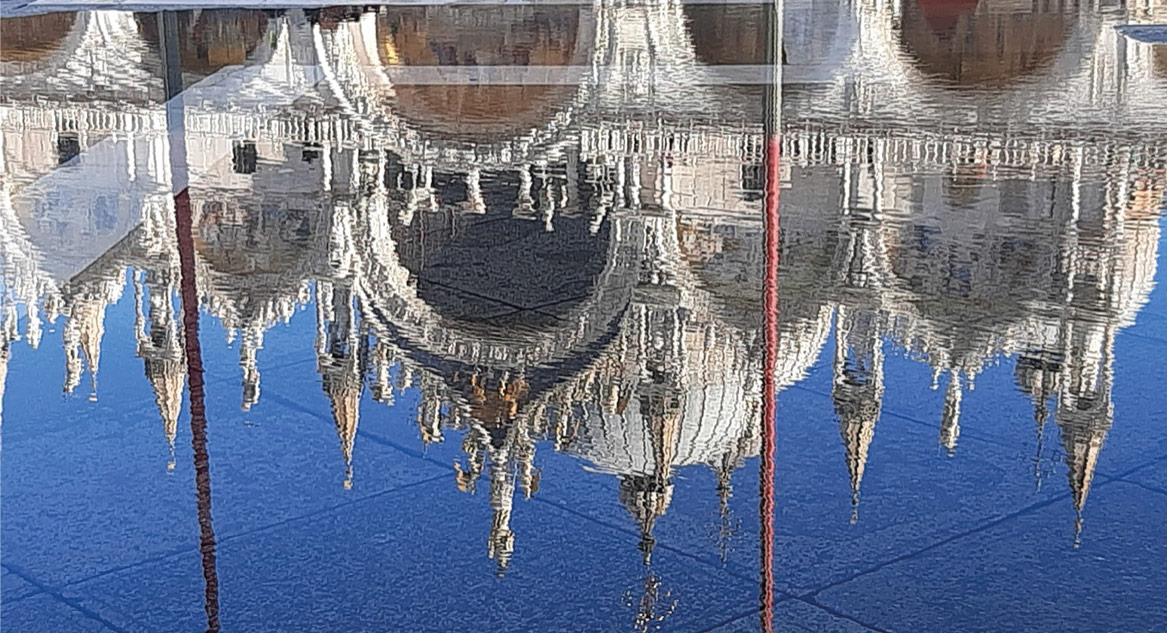
Johann Wolfgang von Goethe
By the end of the 17th century, Venice was the city with the most theaters, thanks to the enormous resources provided by aristocratic families: the scenographies and the amazing Venetian theatrical machines represented a style and taste that was quickly imitated everywhere. The required sets, the costumes, but also the musical instruments for the staging of the works came from the many newly established craft workshops and businesses.
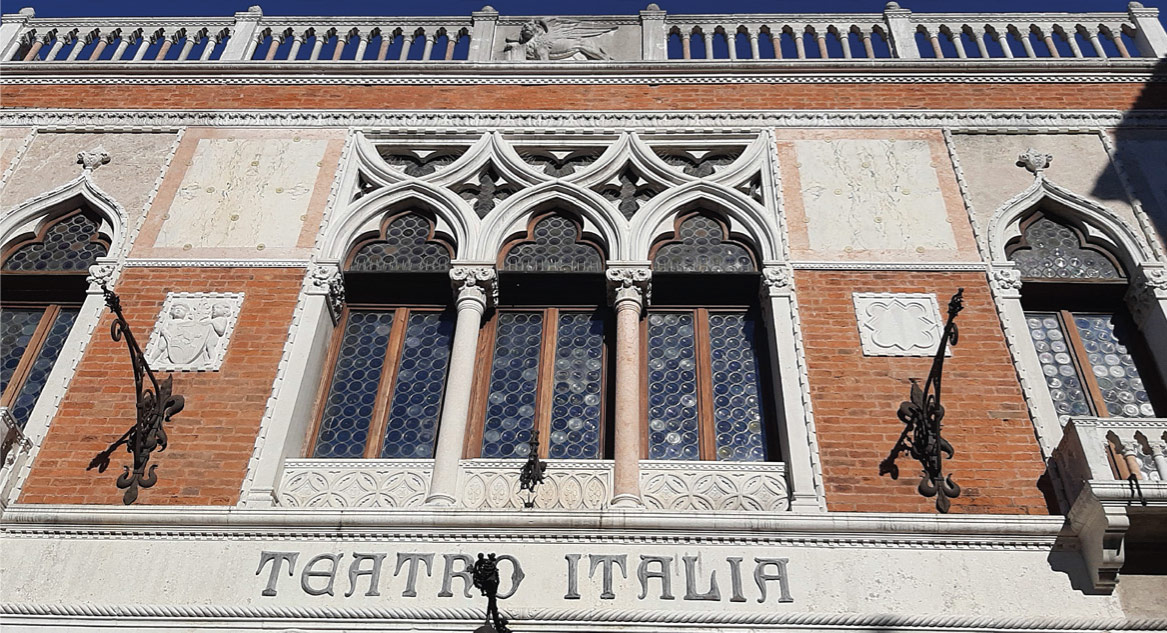
Guy de Maupassant
A French traveler described Venice in 1700 as follows: “In every house I heard singing and instruments being played, everywhere music was either being made or people were walking to hear it.”
Various paintings testify to this atmosphere, for instance “The Little Concert” (1741) by the famous painter Pietro Longhi. The echoes of the Cultural Revolution finally reached the heart of Europe, and Venice became an indispensable part of the “Grand Tour” of intellectuals and artists, such as Mozart and Handel.
The favorite places to listen to music were the so-called casinos. The most elegant in the city was the Casino Zane, now Palazzetto Bru Zane, Centre de musique romantique française. The Casino Zane is located in the San Polo district, near the Frari Basilica. It was built between 1695 and 1697 and for a century served as a venue for the social gatherings of the Zane Palace, which is just a few steps away.
In 2009, the center was reopened with funding from the Bru Foundation. It promotes the rediscovery and international dissemination of the French musical heritage of the long 19th century (1780-1920). Emphasis is placed on chamber music as well as the symphonic, sacred and lyrical repertoire, but without neglecting the “lighter” genres that characterize the French spirit of the 19th century.
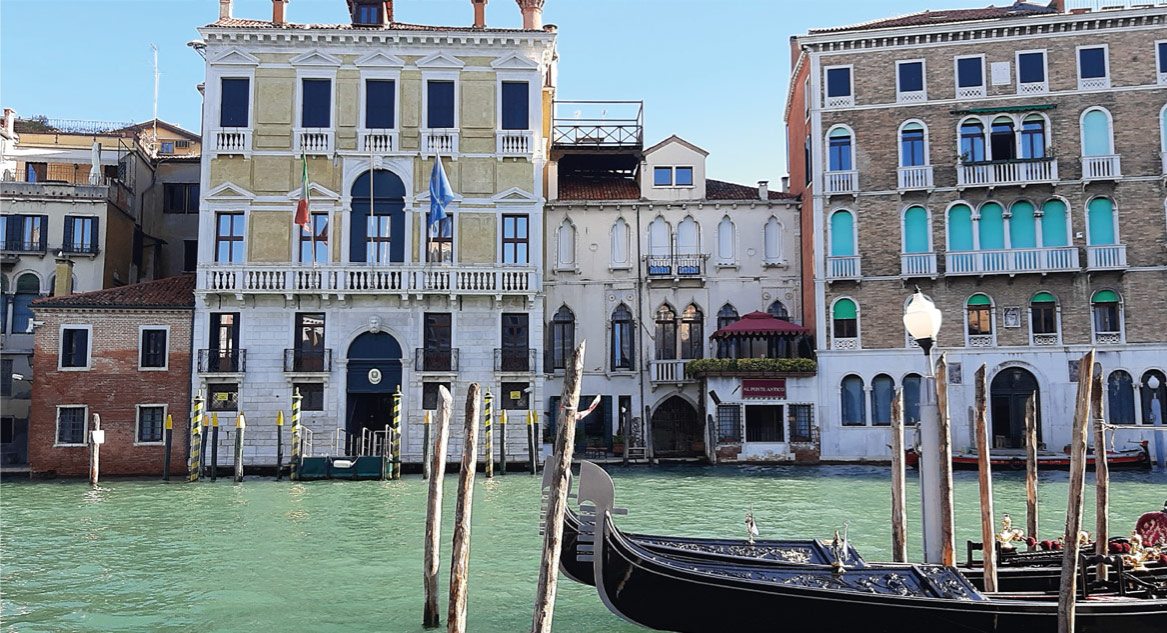
place as by Venice. It is the wonder of the world.“
Charles Dickens
Music leads to the discovery of less known palaces and places, such as the Teatrino of Palazzo Grassi, Palazzo Zorzi, the Ateneo Veneto, as well as Palazzo Marin, where the concerts are held under the organization of the Venetian Centre for Baroque Music.
Churches are also temples of music. A grandiose example is the Church of San Maurizio, just a few steps from Campo Santo Stefano. It is one of the oldest churches in Venice. Today it houses the Museum of Music, dedicated to the extraordinary history that the creation of musical instruments has in Venice. Unique violins, violas, cellos and mandolins can be admired in all their beauty, testifying to the great traditions of the Serenissima’s violin-making school. These skilled hands made instruments that were extremely appreciated and sought after throughout Europe.

